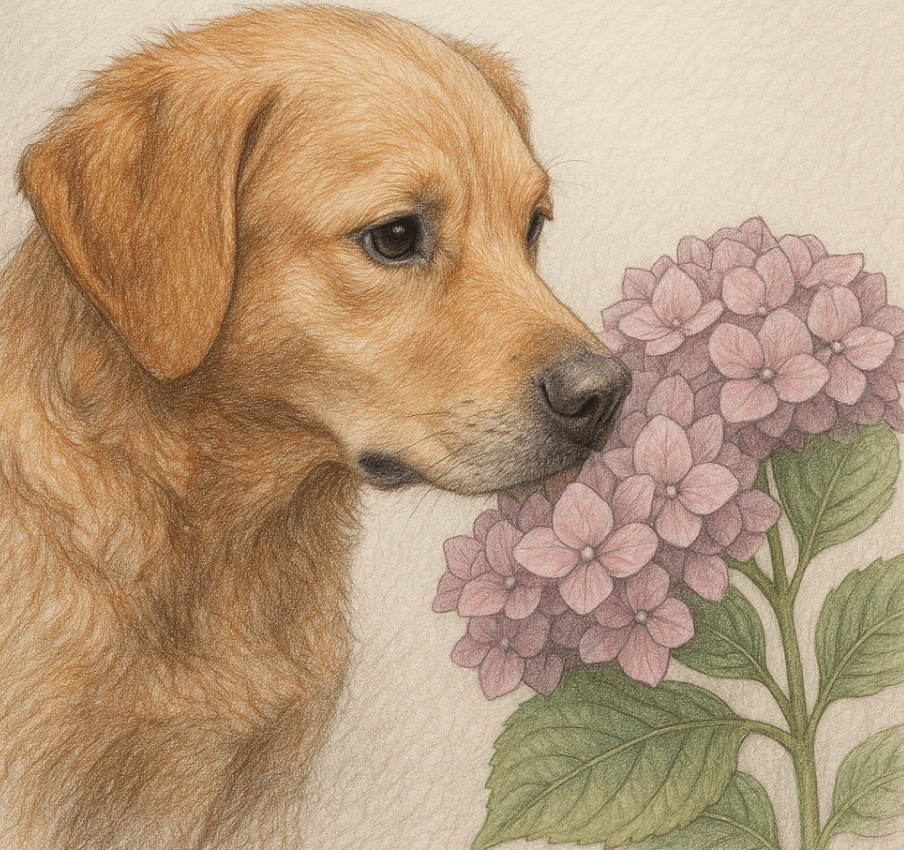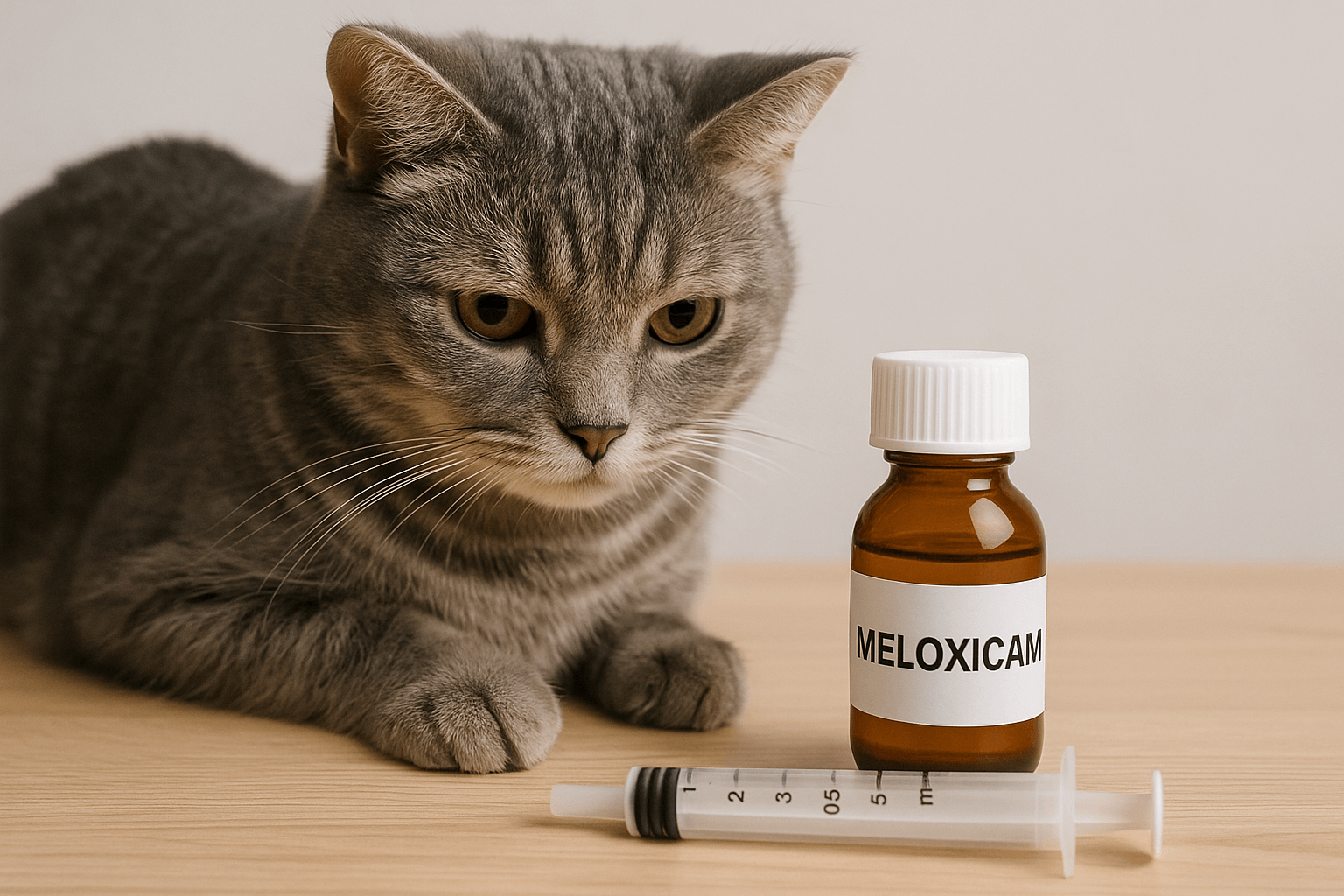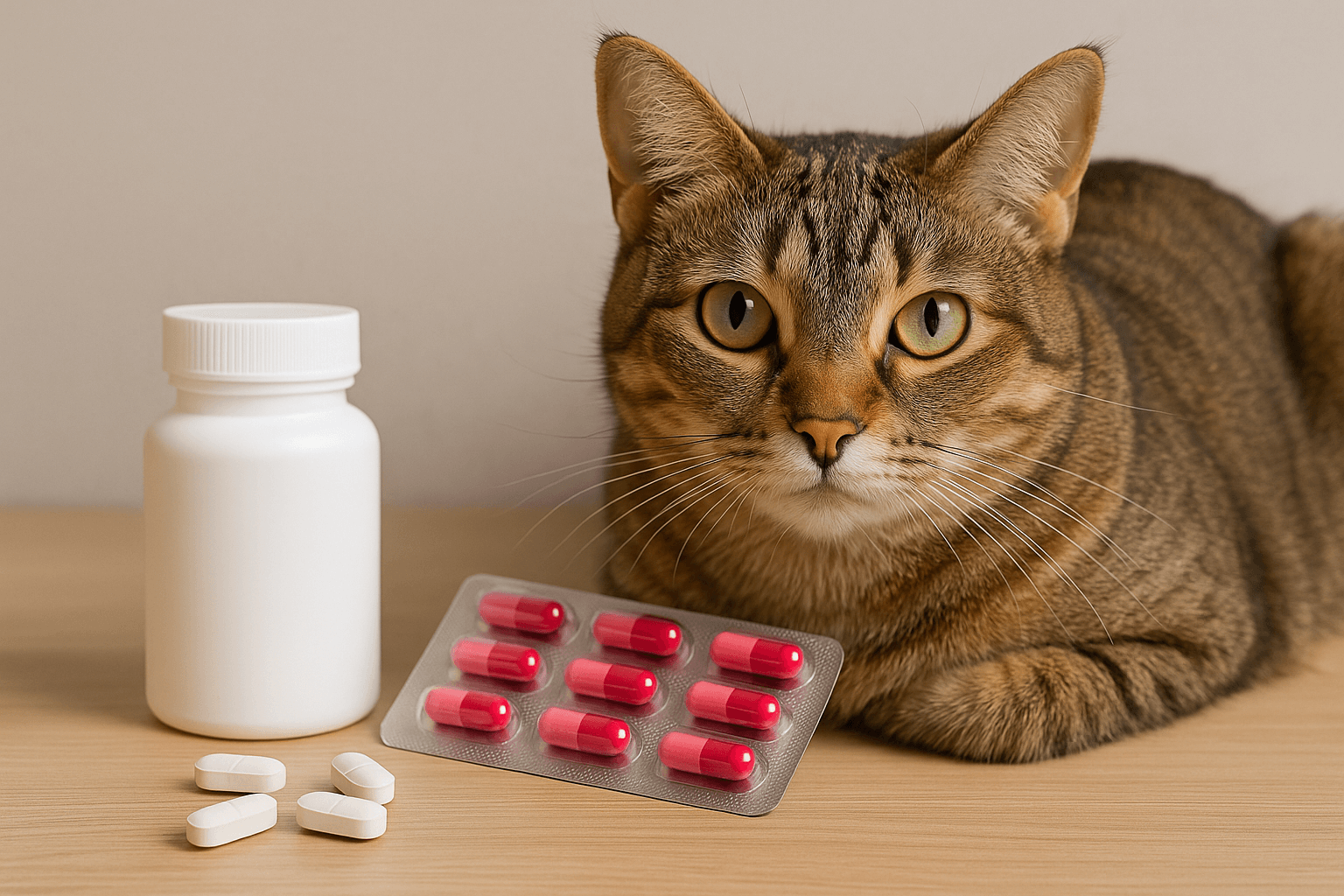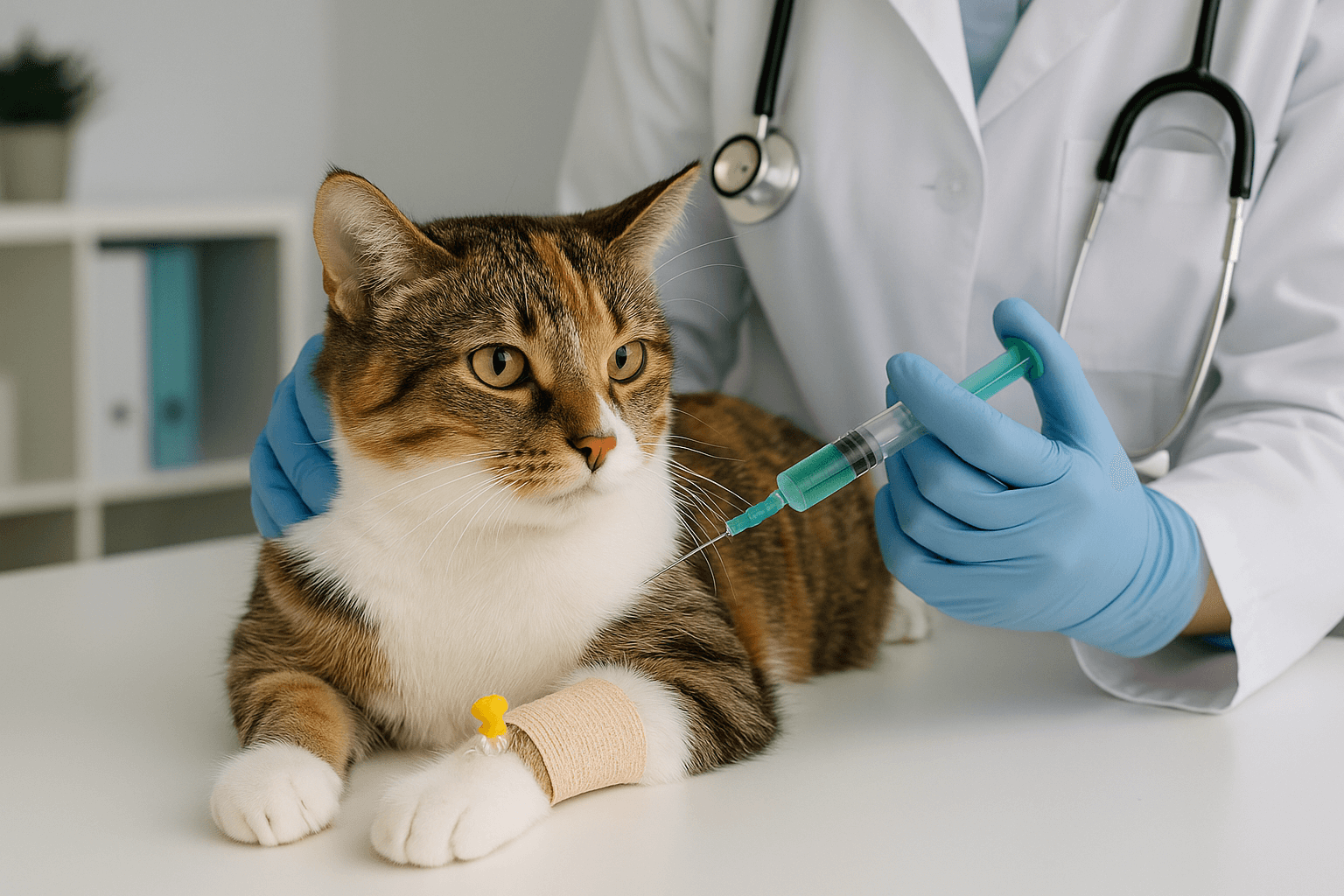Can Dogs Eat Hydrangeas?
Hydrangeas are stunning, colorful flowers that brighten gardens and homes with their vibrant blooms. However, if you’re a dog owner, you might wonder whether these beautiful plants pose any risks to your furry friend. While hydrangeas are not typically fatal, they can be harmful if ingested by dogs. Understanding the potential dangers, symptoms of poisoning, and preventive measures is essential for keeping your pet safe. In this blog post, we’ll explore everything you need to know about dogs and hydrangeas, including what to do if your dog accidentally eats them and how to create a pet-friendly garden.
Why Hydrangeas Are Toxic to Dogs
Hydrangeas contain small amounts of cyanogenic glycosides, which can release cyanide when metabolized in a dog’s body. While the toxicity level is relatively low compared to other poisonous plants, ingestion can still cause discomfort and health issues. Here’s what makes hydrangeas potentially dangerous for dogs.
Cyanogenic Glycosides:
These compounds break down into hydrogen cyanide, which can interfere with oxygen delivery in the bloodstream.Gastrointestinal Irritation:
The plant material itself can irritate a dog’s stomach and intestines, leading to vomiting or diarrhea.Variable Toxicity Levels:
Different hydrangea species may have varying concentrations of toxins, but all parts of the plant (leaves, flowers, stems) are considered risky.Size and Breed Sensitivity:
Smaller dogs or those with pre-existing health conditions may experience more severe reactions than larger breeds.Accidental Exposure Risks:
Dogs exploring gardens or chewing on unfamiliar plants are at higher risk of accidental ingestion.
While hydrangeas aren’t usually life-threatening, it’s important to monitor your dog closely if they come into contact with these plants.
Symptoms of Hydrangea Poisoning in Dogs
If your dog has ingested hydrangeas, it’s crucial to recognize the signs of poisoning early. Symptoms can vary depending on the amount consumed and the dog’s size, but here are common indicators to watch for.
Vomiting:
One of the first signs of hydrangea ingestion, often accompanied by drooling or nausea.Diarrhea:
Gastrointestinal upset may lead to loose stools, sometimes with visible plant material.Lethargy:
Your dog may appear unusually tired or unwilling to engage in normal activities.Difficulty Breathing:
In rare cases, cyanide-like effects can cause labored breathing or panting.Loss of Appetite:
A sudden refusal to eat could indicate digestive discomfort or systemic distress.
If you notice any of these symptoms, consult a veterinarian immediately to ensure your dog receives proper care.
Check this guide 👉Can Dogs Eat Allulose? Best 7 Expert Tips!
Check this guide 👉Can Dogs Eat Walleye? Best 7 Expert Tips!
Check this guide 👉Can Dogs Eat Juniper Berries? Best 7 Expert Tips!

Safe Alternatives to Hydrangeas | Plants to Avoid Around Dogs |
|---|---|
Spider Plant | Lilies |
Boston Fern | Sago Palm |
African Violet | Oleander |
Bamboo | Azaleas |
Marigolds | Daffodils |
What to Do If Your Dog Eats Hydrangeas
If you suspect your dog has eaten hydrangeas, quick action is key to minimizing harm. Follow these steps to address the situation effectively.
Remove Remaining Plant Material:
Check your dog’s mouth and remove any visible pieces of hydrangea leaves or petals.Rinse Their Mouth:
Use water to gently rinse away residue from their gums, tongue, and teeth.Call Your Veterinarian:
Provide details about the incident, including how much was ingested and your dog’s weight, for professional guidance.Monitor for Symptoms:
Keep a close eye on your dog for signs of poisoning, even if they seem fine initially.Avoid Home Remedies:
Refrain from inducing vomiting or administering medications without veterinary advice.
Taking these steps promptly can help protect your dog’s health and prevent complications.
How to Prevent Hydrangea Poisoning in Dogs
Prevention is always better than dealing with an emergency. By taking proactive measures, you can keep your dog safe from hydrangeas and other toxic plants.
Create Physical Barriers:
Use fences or raised planters to keep hydrangeas out of reach in your garden.Supervise Outdoor Time:
Always accompany your dog during outdoor play to deter them from chewing on unknown plants.Train a “Leave It” Command:
Teaching your dog to avoid certain objects or plants can reduce the risk of accidental ingestion.Choose Pet-Friendly Plants:
Opt for non-toxic alternatives like marigolds or spider plants when designing your garden.Educate Family Members:
Ensure everyone in your household knows which plants are off-limits to pets.
These strategies can significantly lower the chances of your dog encountering hydrangeas or other harmful plants.
Other Common Garden Hazards for Dogs
Beyond hydrangeas, many plants and substances in gardens can pose risks to dogs. Being aware of these hazards helps you take additional precautions.
Pesticides and Fertilizers:
Chemical treatments on lawns or plants can be toxic if ingested; opt for natural alternatives whenever possible.Mushrooms:
Wild mushrooms growing in damp areas may contain harmful toxins; remove them promptly.Compost Piles:
Decomposing food scraps can harbor mold or bacteria that are dangerous to dogs.Mulch with Cocoa Beans:
Cocoa-based mulch smells appealing to dogs but contains theobromine, which is toxic.Thorny Plants:
Roses or cacti can injure paws or mouths; consider relocating them to inaccessible areas.
Addressing these hazards ensures a safer outdoor space for your dog to explore.
Signs Your Dog Might Be Exploring Toxic Plants
Dogs are naturally curious, and their behavior can signal exposure to harmful plants. Watch for these signs that indicate they may have encountered something dangerous.
Excessive Drooling:
Unusual salivation could suggest oral irritation from chewing on toxic foliage.Chewing Grass Obsessively:
This behavior may indicate stomach upset caused by ingesting harmful plants.Unexplained Lethargy:
A sudden lack of energy might point to systemic effects from plant toxins.Changes in Behavior:
Restlessness, agitation, or hiding could signal discomfort or illness.Pawing at the Mouth:
This action often indicates irritation or pain from chewing on sharp or toxic materials.
Recognizing these behaviors allows you to act quickly and seek veterinary assistance if needed.
Tips for Creating a Dog-Friendly Garden
Designing a garden that’s both beautiful and safe for your dog doesn’t have to be complicated. These tips will help you strike the perfect balance.
Use Raised Beds:
Elevating flower beds keeps plants out of reach while adding visual interest to your garden.Choose Hardy Ground Covers:
Replace grass with durable ground covers like clover or creeping thyme to withstand paw traffic.Incorporate Pathways:
Create designated walking paths to guide your dog away from delicate or toxic plants.Add Shade Structures:
Provide shaded areas with pergolas or trees to protect your dog from sun exposure.Install Water Features Safely:
If adding a pond or fountain, ensure it’s shallow and fenced to prevent accidents.
With thoughtful planning, your garden can become a haven for both you and your four-legged companion.
Frequently Asked Questions About Dogs and Hydrangeas
Are all hydrangeas toxic to dogs?
Yes, all parts of the hydrangea plant (leaves, flowers, stems) contain cyanogenic glycosides, making them potentially harmful.
What should I do if my dog eats a small piece?
Monitor your dog closely for symptoms and contact your vet for advice, even if no immediate signs appear.
Can hydrangeas kill a dog?
While hydrangeas are rarely fatal, ingestion can cause significant discomfort and require medical attention.
Are dried hydrangeas less toxic?
No, dried hydrangeas still contain toxins and pose similar risks as fresh ones.
How can I make my garden dog-safe?
Remove toxic plants, use barriers, and train your dog to avoid forbidden areas or objects.
Keeping Your Dog Safe Around Hydrangeas
Hydrangeas are undeniably beautiful, but they also carry risks for curious dogs. By understanding their potential dangers, recognizing symptoms of poisoning, and implementing preventive measures, you can enjoy these lovely flowers while ensuring your pet’s safety. Remember, vigilance and preparation are key to creating a harmonious environment where both you and your dog can thrive. With a little effort, you can maintain a stunning garden that’s as safe as it is picturesque.
Cat Fever Treatment: Best 7 Expert Tips! Discover expert advice on identifying, managing, and treating fever in cats to ensure their quick recovery and well-being.
Understanding Meloxicam for Cats: Best 7 Expert Tips! Learn how to safely administer meloxicam, manage side effects, and ensure your cat's comfort with expert advice on feline pain relief.
Amoxicillin for Cat UTI: Best 7 Expert Tips! Discover safe usage, dosage guidelines, and expert advice on treating feline urinary tract infections effectively with amoxicillin.
Understanding Cat Cancer Treatment: Best 7 Expert Tips! Discover expert advice on managing feline cancer, from early detection to treatment options, ensuring your cat’s health and comfort.




